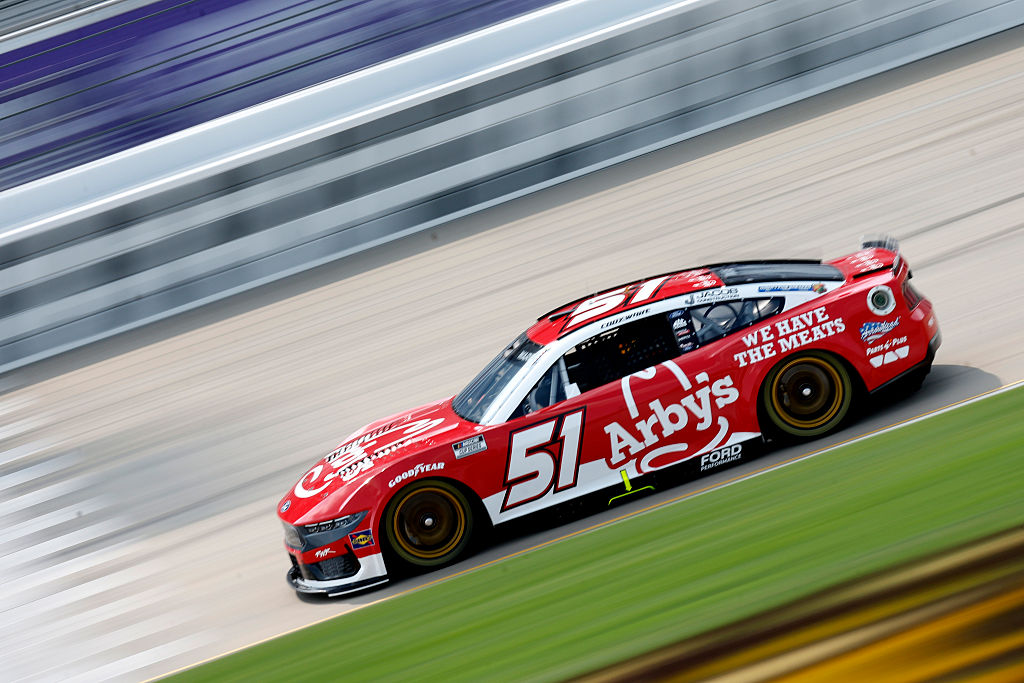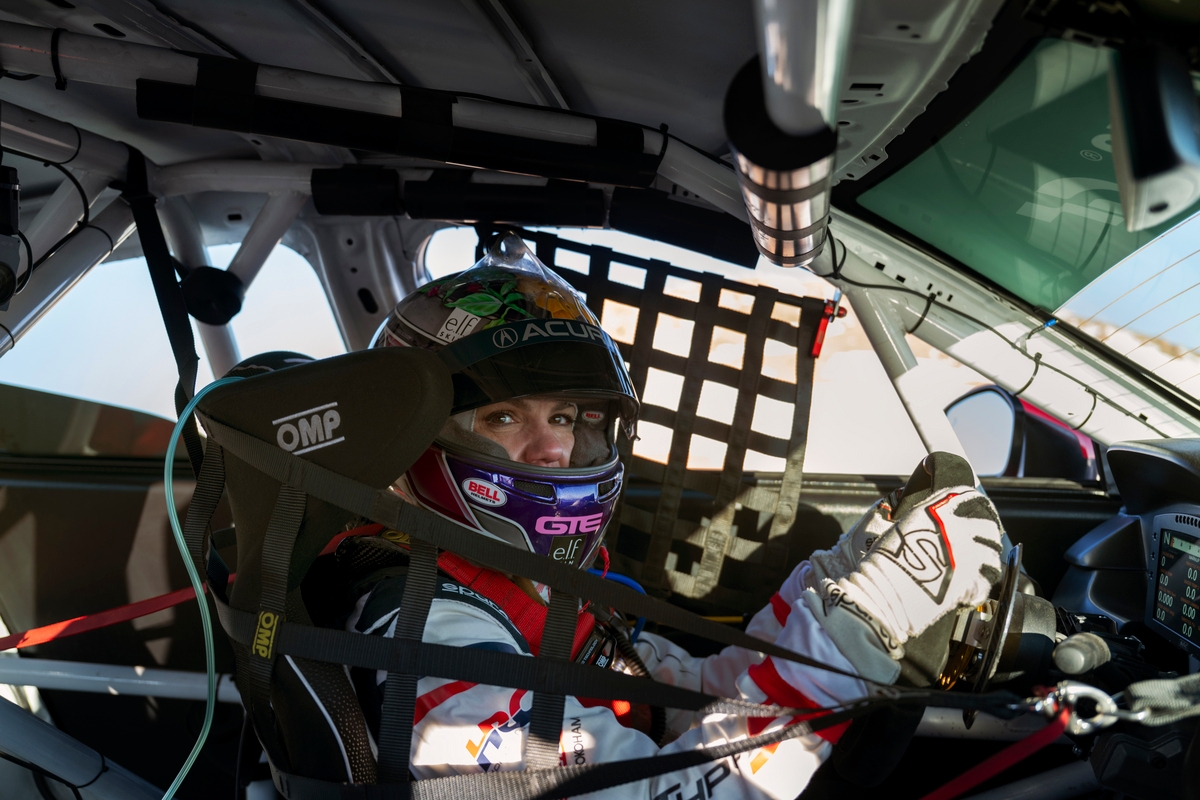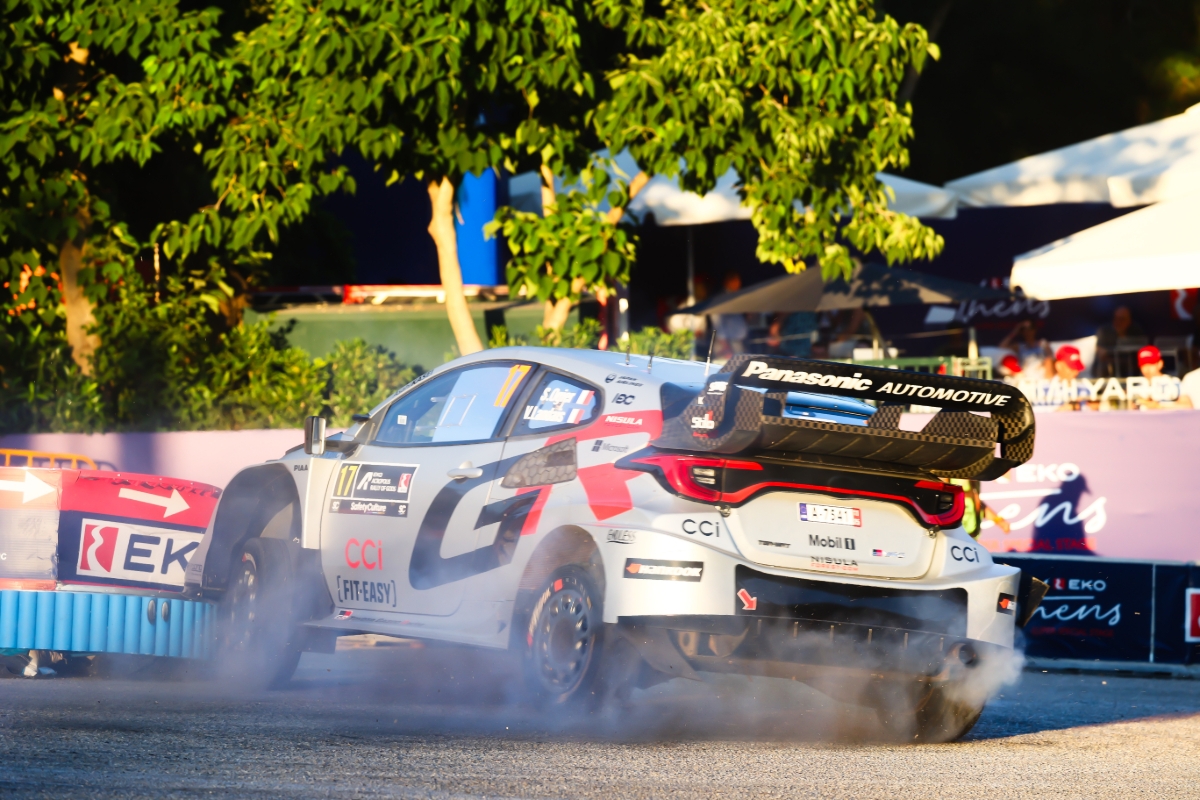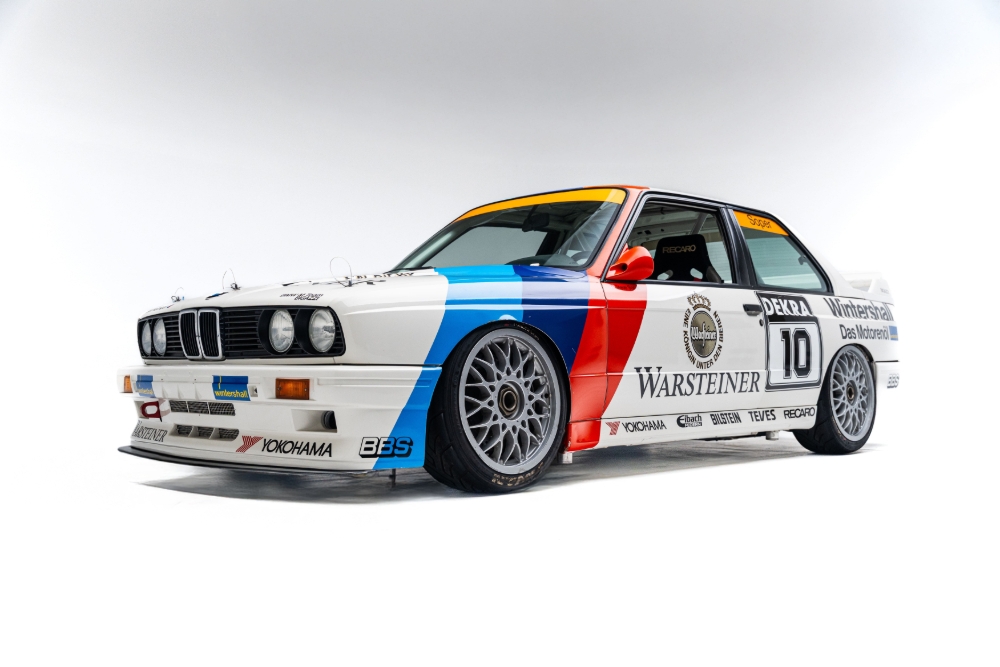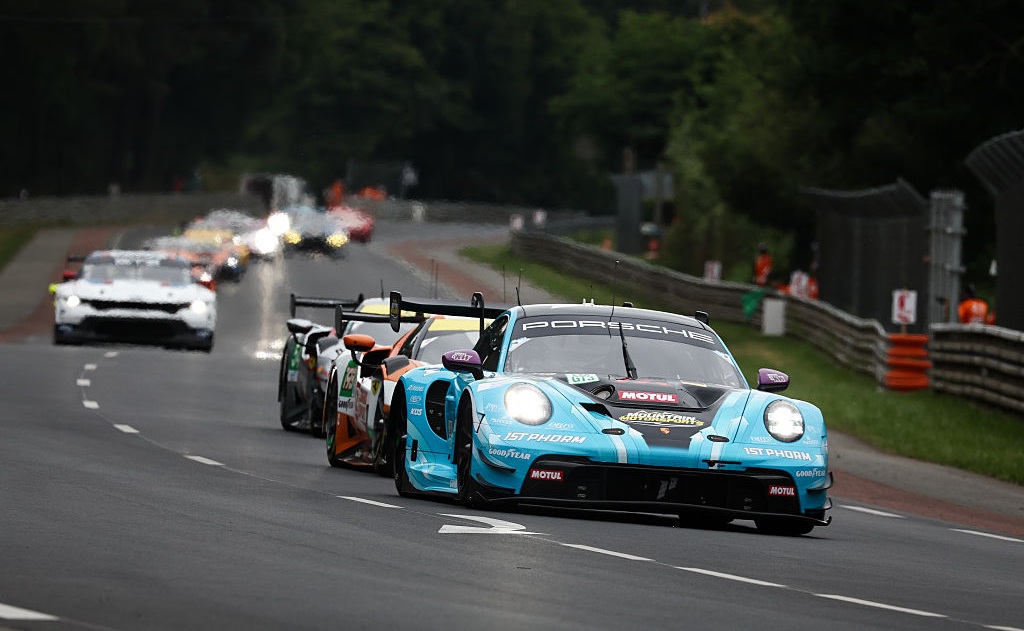
ShareThis is disabled until you accept Social Networking cookies.
Charging bull, prancing horse: Scuderia Ferrari’s first Le Mans triumph
It couldn’t end like this, with just 90 of 1440 minutes to go. José Froilán González sat on the pit wall, rain drumming on his yellow helmet, as Scuderia Ferrari mechanics feverishly tackled the reluctant electrics on the Ferrari 375 Plus which his co-driver Maurice Trintignant had just brought in. The team had refilled the 50-gallon tank to slake the thirst of the car’s 4.95-liter V12. But now some combination of heatsoak and damp atmosphere was playing hell with the motor’s mojo. González had gotten in twice and told to disembark twice while the problem was fixed.
And in the meantime, a near two-lap lead that he and Trintignant had carved out in dour-to-dire conditions throughout the race, was rapidly eroding. A Jaguar D-type – like the 375 Plus, a new model for 1954 – was surfing into contention, driven by Tony Rolt and Duncan Hamilton, the pair that had won here the previous year driving a C-type. The British car was back on the lead lap.
If this was how the race was to end for González and Trintignant, it was beyond cruel for they had led almost throughout. And, notwithstanding the typical vagaries of a 24-hour race, it certainly didn’t fit with the 1954 narrative for González. He was getting used to winning since his return to Scuderia Ferrari this year.
.jpg)
Backing this up with three more podiums, he finished third in the championship that year, but moved to Maserati for a better salary. Yet, watching how Ascari and Ferrari dominated the next two seasons of grand prix racing, there must have been regrets. González jumped at the chance of a return to Ferrari for ’54 to replace Lancia-bound Ascari.
Now 31, he swiftly proved he was in his prime. After third place in the season-opening GP in Buenos Aires, he led a Ferrari 1-2-3 in the non-championship Bordeaux GP, before a brilliant weekend at Silverstone in May: he captured the International Trophy for F1 cars, in Ferrari’s 625, before winning the sports car race in the new 375 Plus. A week after that, González led Trintignant in a Ferrari 1-2 in the Bari GP (another non-championship F1 event).
No, he wasn’t Fangio and he wasn’t Ascari, but before Stirling Moss received Mercedes-Benz-orchestrated driving lessons in the wheeltracks of Fangio, González was the next best thing, and on his greatest days, he was a match for anyone.
Which was good news because Enzo Ferrari was desperate for Le Mans glory. He had seen his marque win the race in 1949, when Luigi Chinetti – shortly afterward to become Ferrari’s official agent in the U.S. – had driven Lord Selsdon’s 166MM to victory. But it wasn’t the same as seeing his own Scuderia conquering the event. For ’54, he paired González with Trintignant, Robert Manzon with 1950 winner Louis Rosier, and endurance ace Umberto Maglioli with impressive journeyman Paolo Marzotto.
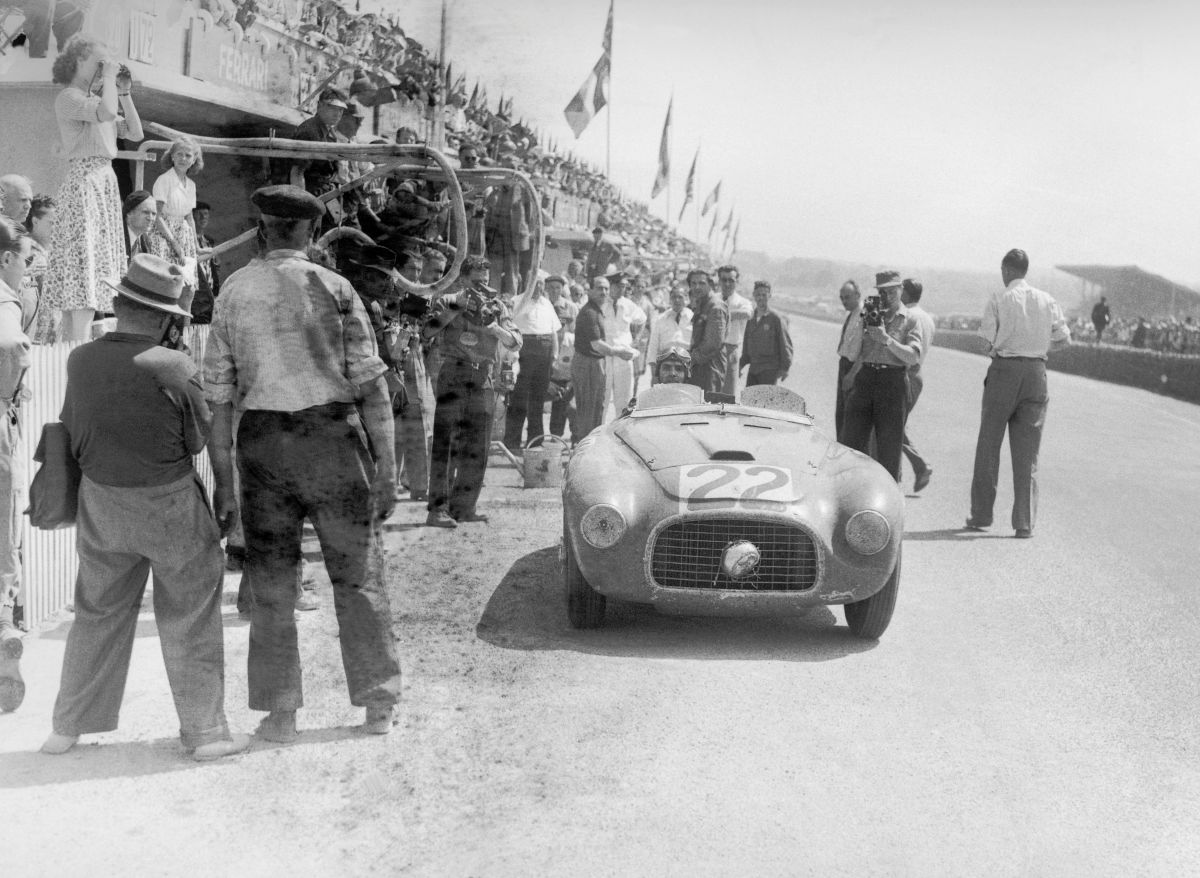
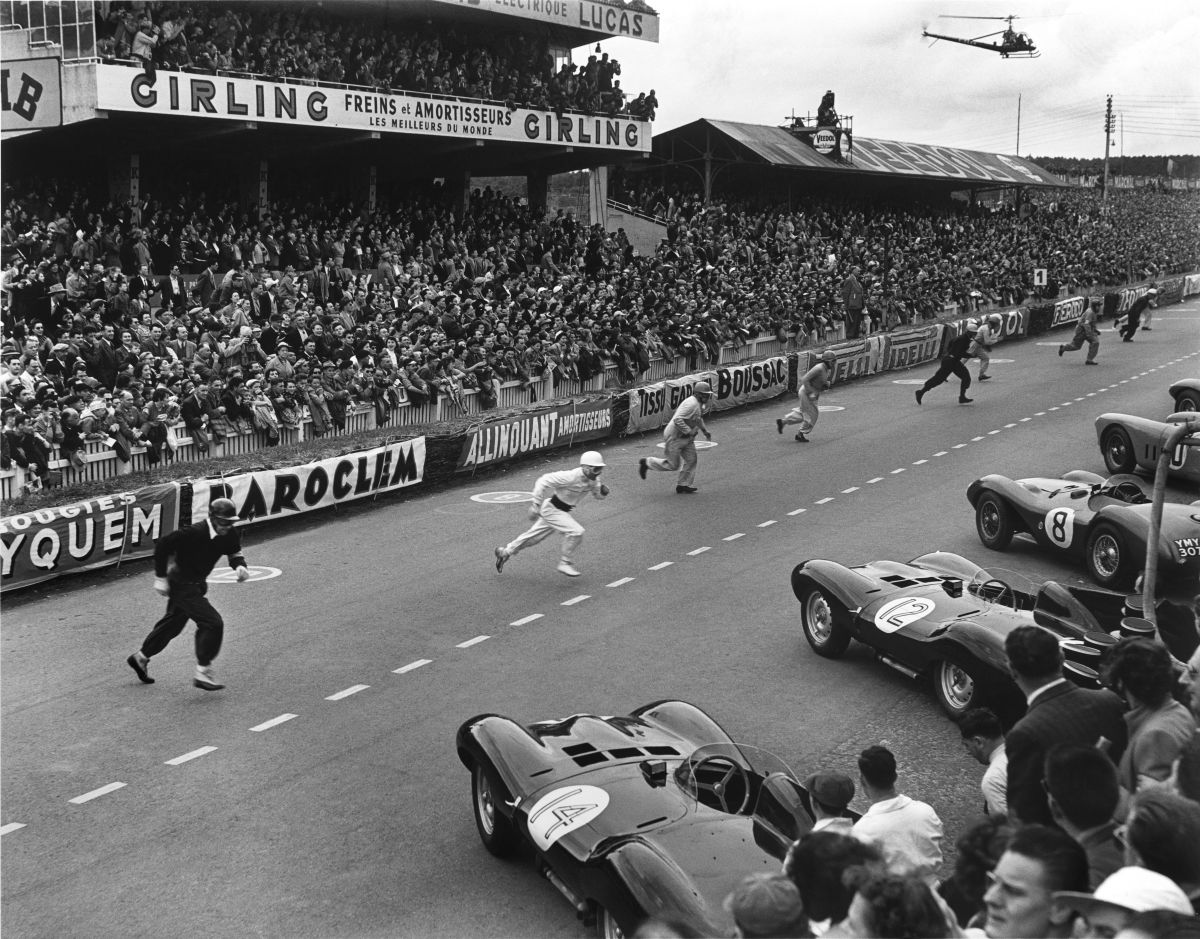
Moss kept pushing and took the lead in the second hour, but González wouldn’t let him get away. Then the first pit stops began. Rolt handed off to Hamilton, Manzon to Rosier, while the other works Ferraris and Jaguars remained in the hands of their initial drivers. However, not long after, the D-types were back on pitlane with misfires caused by blocked fuel filters, requiring not only a change of the offending items but also spark plugs. By the time the Jaguars regained the track, the Ferraris were two laps clear. And with the track now drying, they could utilize their primary advantage, acceleration, get the power down early, and remain clear.
Four hours in, González led Marzotto, with the third Ferrari of Rosier a lap adrift and coming under threat from Whitehead’s Jag. Behind them, Roy Salvadori had the Aston Martin DB3S he shared with Reg Parnell in fifth, ahead of Hamilton’s Jaguar, while Walker and Moss were struggling to climb through the field. They were aided by the return of rain as darkness fell.
Finally Trintignant and Maglioli took control of the leading Ferraris, yet the second of these would pit around midnight with terminal gearbox issues, allowing the Wharton/Whitehead Jag into second, albeit two laps behind leader Trintignant. Rolt and Hamilton held a solid fourth, but the Moss/Walker D-type was in trouble once more, this time with its much-vaunted now-failing brakes. At half-distance, Moss made an emergency trip along the run-off at the end of the Mulsanne straight. The repairs needed were deemed unrealistic, and the car was retired.
Barely an hour later, the transmission of the second-placed D-type capitulated, leaving the Rolt/Hamilton No. 14 as Jaguar’s sole works representative. It ran 90 seconds behind the Manzon/Rosier Ferrari, which was two laps behind the González/Trintignant machine. The D-type then moved into second, before Manzon brought the No. 5 Ferrari onto pitlane, stuck in second gear. Suddenly Ferrari and Jaguar were being represented by only one works entry each.
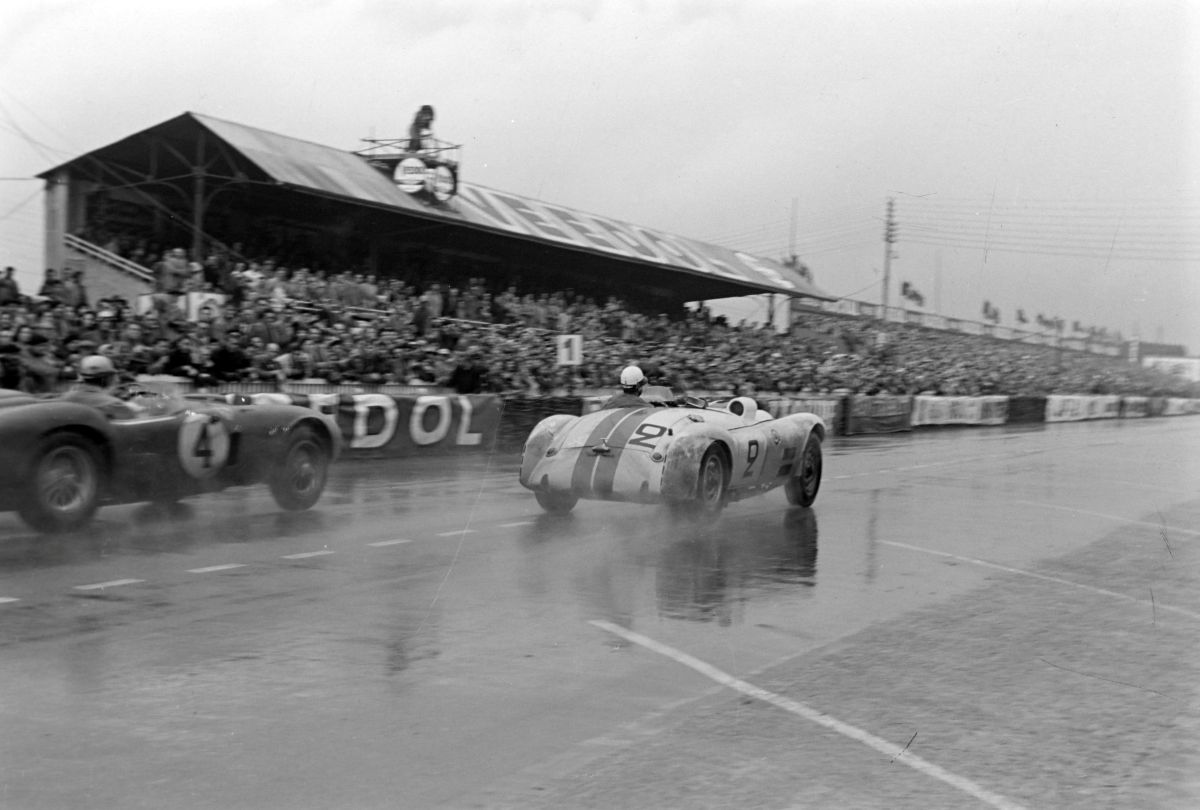
Yet Rolt, who had replaced Hamilton, was still more than a lap adrift, and while straining to remedy that, was wrong-footed by a backmarker, bending the Jag’s flank against the grass bank at Arnage corner. The subsequent unscheduled panel-beating session cost another lap and Ferrari’s breathing space was made yet greater by the fact that Hamilton was struggling to match the Ferrari’s times. Yet the 375 Plus remained somewhat in range due to its recalcitrance on pit lane. With four hours to go, its lead was back under the two-lap mark.
But it’s when Trintignant handed over to González for the final time that the Ferrari’s ignition issues began to look ominous. Seven minutes ticked by… then, suddenly, there it was! The big V12 roared its revival, its burly driver, with relief and resolve, dumped the clutch and headed out into the fray and spray. His lead, a scant 1m37s was up to the two-minute mark with an hour to go, but González’s efforts took a toll on his sleep-deprived mind and food-deprived body, and his lap times briefly increased, allowing Hamilton to reel him in again.
When Ferrari’s pitboards made González aware of the incoming threat, he dug deep and increased his advantage before the clock reached 4 p.m. It was all over: Scuderia Ferrari had its first Le Mans win.
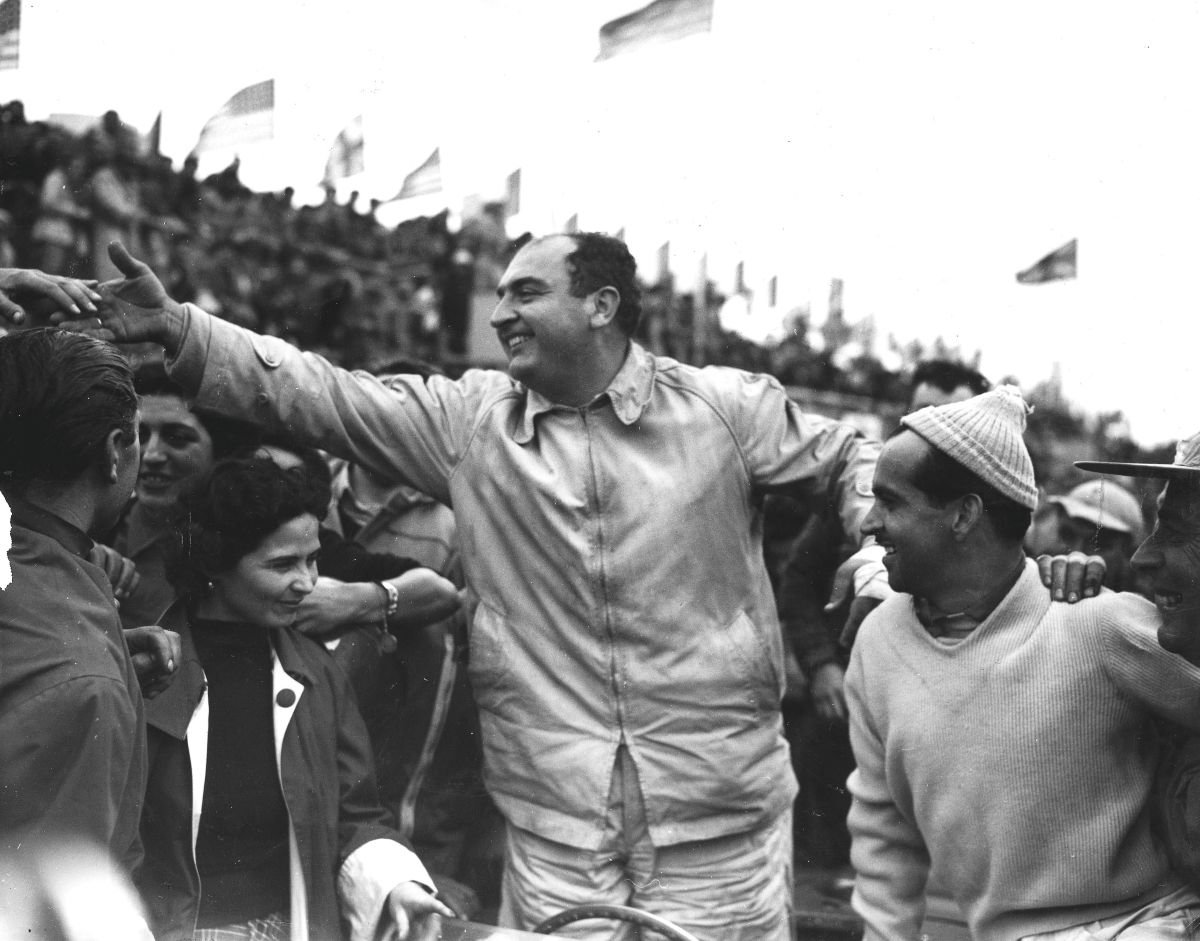
Yet within another week, it stopped being fun. Forever. During practice for the German GP, Gonzalez’s friend, compatriot and a driver of some promise, Onofre Marimon, suffered a violent and fatal crash among the trees and ditches around the Nurburgring. González was grief-stricken and the next day, two-thirds of the way into the race, while running third, he was called into the pits to hand over his car to Hawthorn whose own car had retired. Their combined efforts produced a runner-up finish. But now González ’s wife and parents were desperate for him to quit the sport.
In a courageous mind-over-matter rush of genius, González beat Fangio’s much faster Mercedes to pole for the next GP at Bern, Switzerland, and was only a minute behind the W196 after three hours of racing. He took over Maglioli’s car to finish third in the Italian GP at Monza, too. González’s confidence was on the rise once more.
Then a heavy shunt in practice at Dundrod, Ireland, for the sports car Tourist Trophy, spelled the end of Gonzalez’s event, European adventure and top-line racing activities, before he had even turned 32. It was a frustratingly downbeat yet poignant way to sign off a career that included Scuderia Ferrari’s first Formula 1 win and first Le Mans 24 Hours victory.
ShareThis is disabled until you accept Social Networking cookies.
David Malsher-Lopez
David Malsher-Lopez is editor-at-large for RACER magazine and RACER.com. He has worked for a variety of titles in his 30 years of motorsport coverage, including for Racer Media & Marketing from 2008 through 2015, to which he returned in May 2023. David wrote Will Power’s biography, The Sheer Force of Will Power, in 2015. He doesn’t do Facebook and is incompetent on Instagram, but he does do Twitter – @DavidMalsher – and occasionally regrets it.
Read David Malsher-Lopez's articles
Latest News
Comments
Disqus is disabled until you accept Social Networking cookies.
